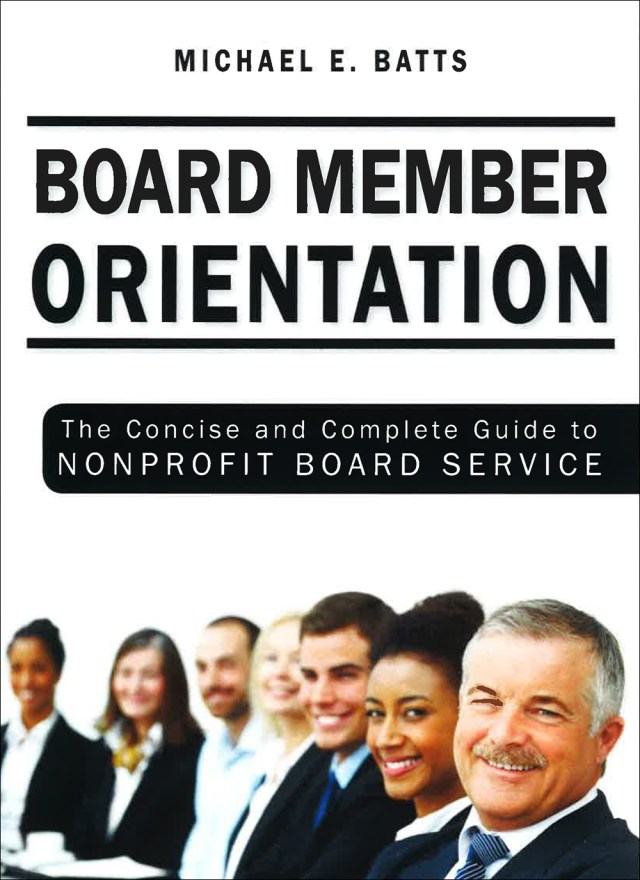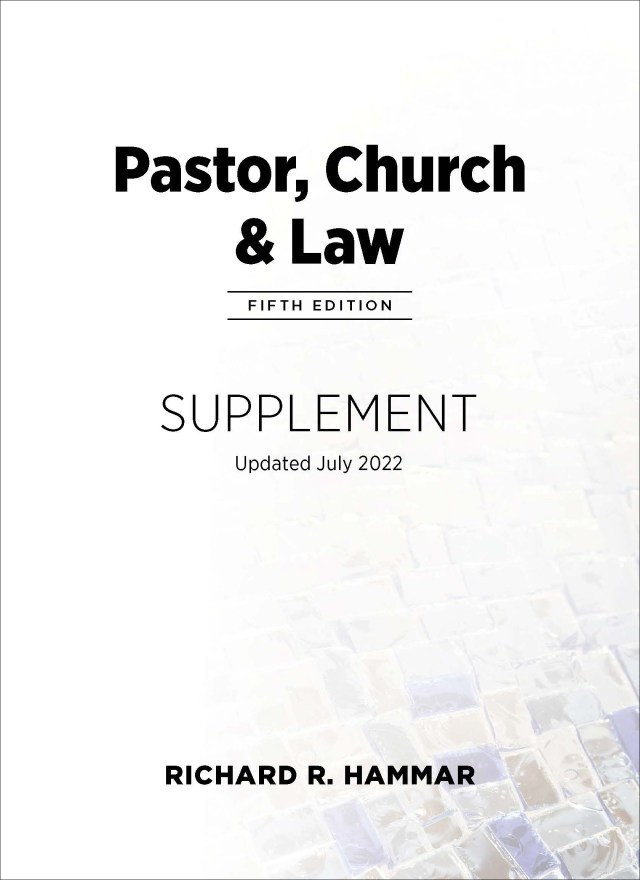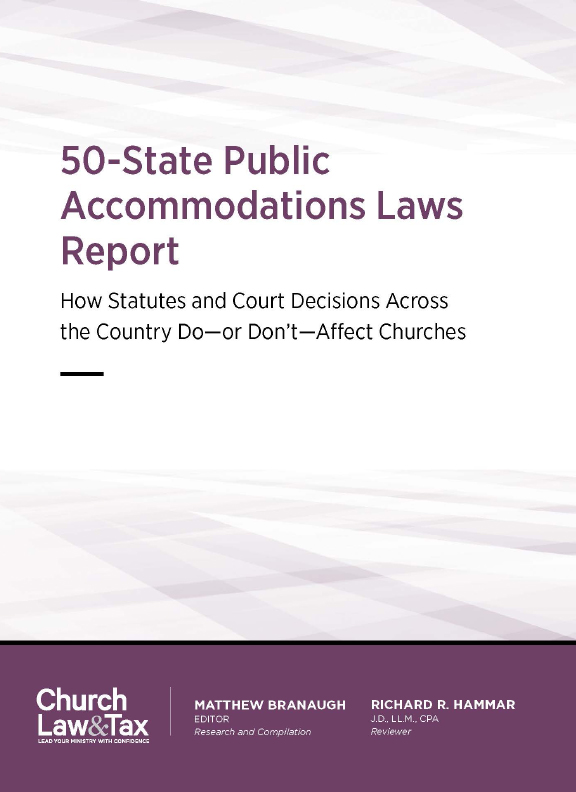Key point 10-01. Negligence is conduct that creates an unreasonable risk of foreseeable harm to the person or property of another, and which results in the foreseeable harm. The important point is that negligence need not be intentional. It includes conduct that is simply careless, heedless, or inadvertent. A person who kills a pedestrian while texting on a cellphone did not intend to kill the victim, but nonetheless may be liable for monetary damages in a civil lawsuit based on negligence.
An Arizona court ruled that a church was not liable for serious injuries sustained by a worker employed by an HVAC company performing maintenance work at the church.
Background
A church contracted with a heating and cooling business (the “company”) for regular service and maintenance of its HVAC system. In March 2018, the company began upgrading the system as a charitable contribution. The parties had no written contract for this project, and the company donated all necessary parts and labor.
The company assigned a three-man team, including a technician with about three years’ experience (the “plaintiff”), to the church project. The team began by working in an attic space above a breezeway connecting the church to its school. The attic housed HVAC ductwork and did not have flooring installed across the ceiling joists.
According to the plaintiff, he and a coworker were “clear[ing] the floor of ductwork so [they] could lay plywood for a more even and secure walking surface” when the plaintiff stepped through a fluorescent light and fell about ten feet onto a concrete sidewalk. The fall fractured the plaintiff’s spine, paralyzing him from the waist down.
No evidence of negligence by the church
The plaintiff sued the church, claiming its negligence caused his injury. The church asked the court to dismiss the case on the ground that it owed no duty to the plaintiff as he was the employee of an independent contractor (the company). The plaintiff insisted that the church was liable because it “retained control over the premises [and] the work area,” and failed to provide a safe premises.
The trial court agreed with the church and dismissed the case, finding the company alone controlled the “method or manner” of the plaintiff’s work.
The plaintiff appealed, arguing that the church was liable for his injuries because it admitted that the property where the plaintiff was injured is “owned, occupied, maintained and controlled” by the church. But the court noted that “the critical question is not whether the Church controlled the property generally, but whether it retained control of the premises where the work is being performed.” And, the court concluded, the plaintiff “produced no evidence showing the Church retained any control of” the premises in question.
The plaintiff also argued on appeal that the church’s liability stemmed from its failure “to turn over safe premises to” the company. Specifically, he argued that the fluorescent light fixture was a “hidden-and-concealed defect in the attic floor,” and the church did not warn him of this danger.
The court acknowledged that a landowner “owes a duty to employees of an independent contractor ‘to disclose to [them] dangerous conditions which are known to the [landowner].’” But this duty is limited and required the plaintiff to prove “that the church knew the breezeway attic contained an unreasonable risk of harm which he would either “not discover or . . . fail to protect himself against.” The court concluded:
[The plaintiff] has produced no evidence showing church personnel entered the breezeway attic or had any reason to believe it posed “an unreasonable risk.” Rather, the church had every reason to believe [the plaintiff]—an experienced HVAC technician—would recognize any risks associated with walking across ceiling joists in an attic and take steps to protect himself. . . . [There is] no liability for “known or obvious” dangers. Indeed, the record shows both [the company and plaintiff] were aware of the danger inherent in stepping off the ceiling joists . . . [since the plaintiff] said the fall occurred while he and a coworker were installing plywood “for a more even and secure walking surface” in the attic. (Emphasis added.)
Though [the company] could have taken additional steps to protect [the plaintiff], “a landowner is not liable for the negligent conduct of an independent contractor unless the landowner has been independently negligent.” . . . We find no such evidence in this record.
What this means for churches
This case illustrates an important point: A landowner “owes a duty to employees of an independent contractor ‘to disclose to [them] dangerous conditions which are known to the [landowner].’” This means that when hiring a contractor to perform work on the church’s premises, a church should warn the contractor and its employees of hidden and dangerous conditions. But, as the court noted, there is “no liability for ‘known or obvious’ dangers.”
No deduction for donating labor
There is another interesting point raised by this case. The court noted that the parties had no written contract for this project, and that the company donated all necessary parts and labor.
It is common for contractors to offer to perform services on behalf of a church without remuneration. Often, they assume that they can deduct the value of their donated services as a charitable contribution. However, no deduction is allowed for a contribution of services. Persons who donate labor to their church may not deduct the value of their labor.
However, expenses incurred in performing donated services on behalf of a church or other charity may be deducted.
To illustrate, assume that a church begins a remodeling project. A church member donates 30 hours of labor toward the project. This member is a carpenter who ordinarily receives $50 per hour for his services on the open market. The member asks the church treasurer for a receipt showing a contribution of $1,500 (30 hours times $50 per hour).
The church may issue the member a letter of appreciation acknowledging the hours of labor that were donated, but it should clarify that this amount is not deductible as a charitable contribution. Scott v. Roman Catholic Church, 2021 WL 871686 (Ariz. App. 2021).




